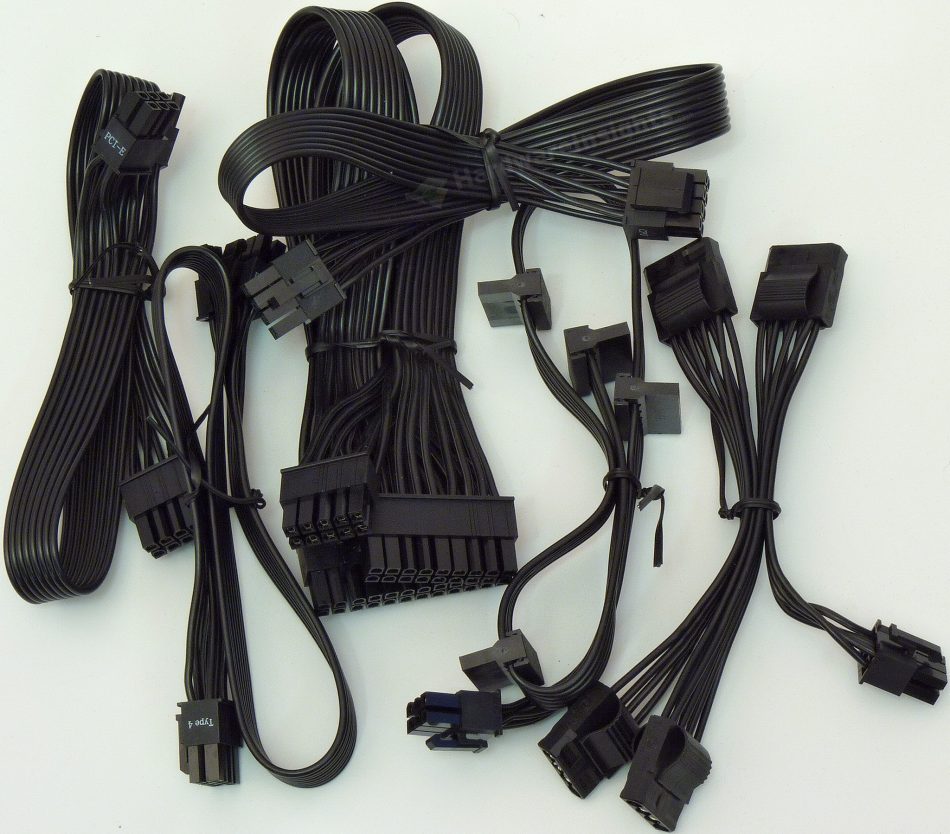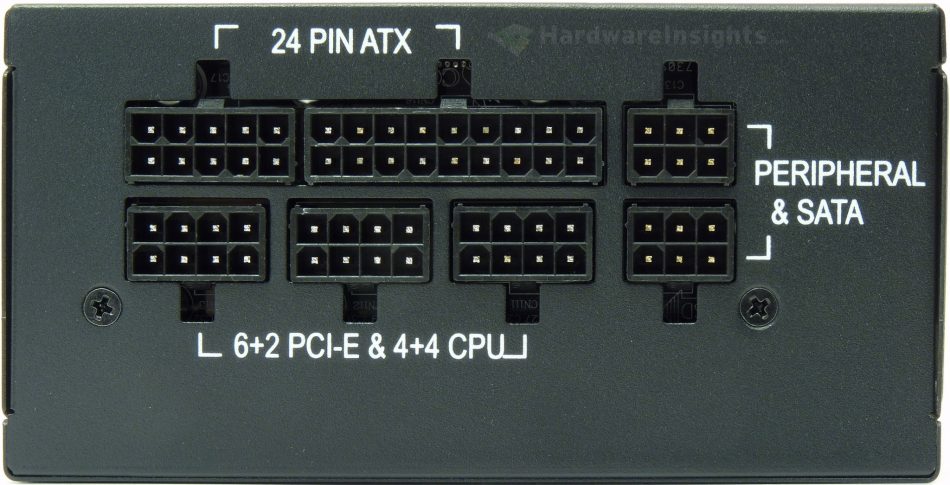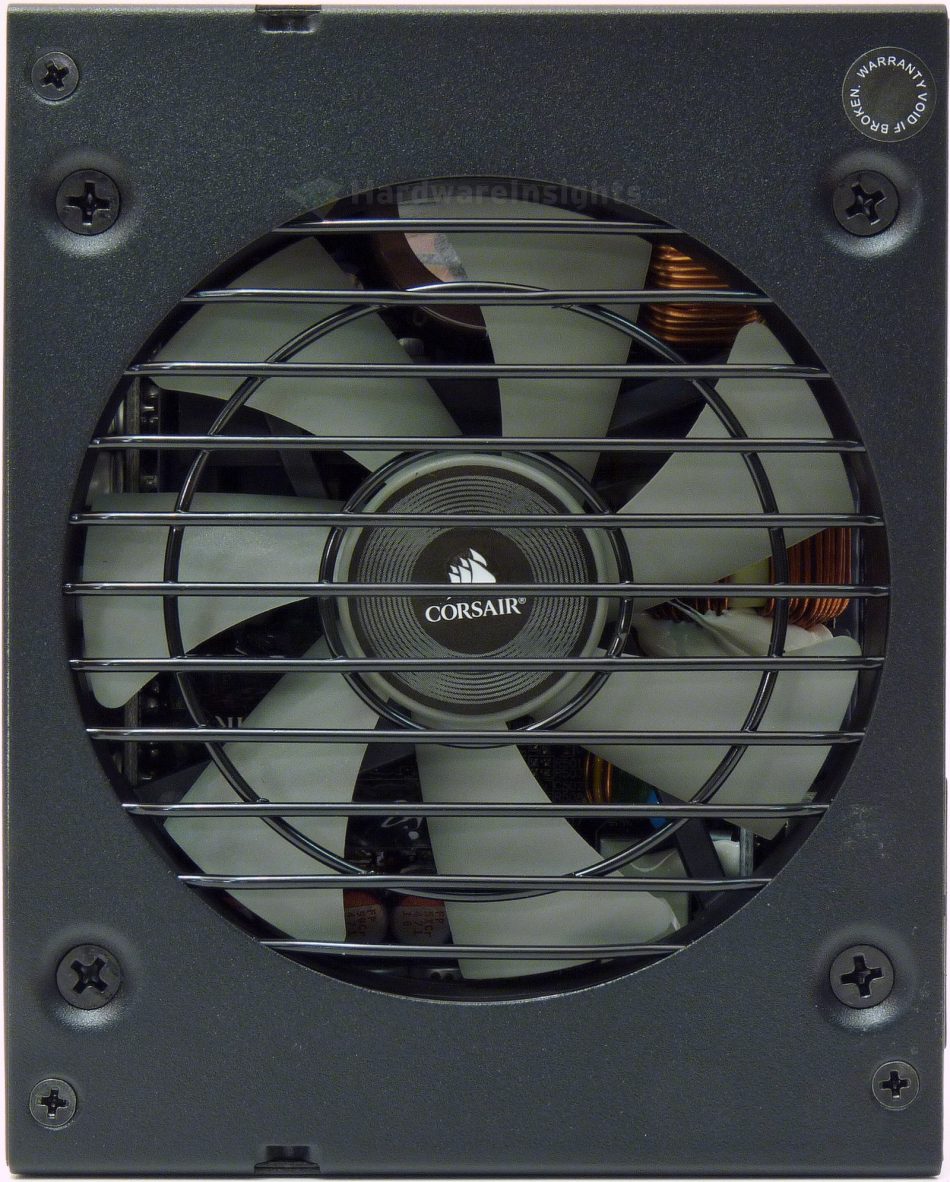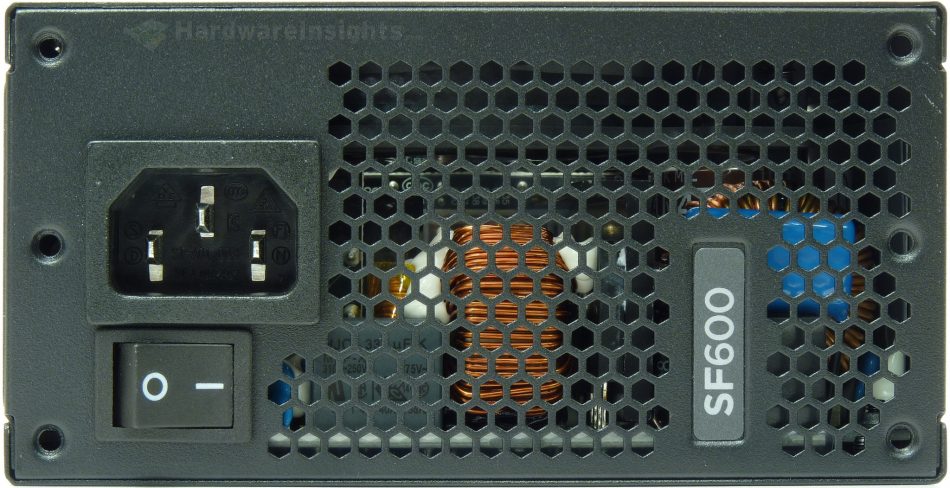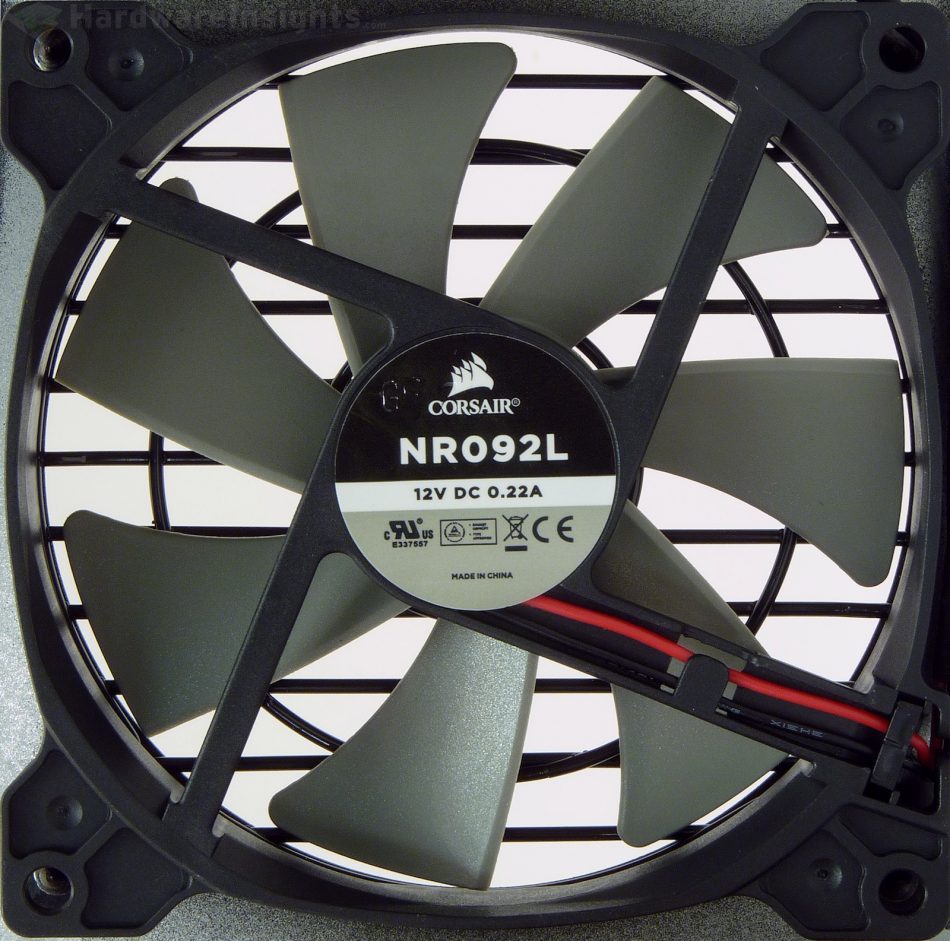Contents
- 1Introducing the Corsair SF600
- 1.1Packaging and accessories
- 2Connectors & cabling
- 2.1Casing & cooling
- 3Input filtering
- 4Primary side
- 4.1+5 V stand-by rail
- 5Secondary side
- 5.1Build quality
- 6Load testing
- 6.1Loading +5 V SB
- 6.2Hold-up time
- 6.3Combined loading
- 6.4Combined loading ripple
- 6.5Crossloading, overloading
- 6.6Crossloading, overloading ripple
- 6.7Fan speed, temperatures and noise
- 7Conclusion and evaluation
- 7.1Thanks
- 7.2Discussion
Connectors & cabling
Thirst thing to notice about the cabling: the SF600 is most second unit I saw which does not carry any Berg or some kind of adapter to Berg connector (after the Xilence XP400R6). Other than that, none of the connector pins are gold-plated and all are welded to a form of flat ribbons. In my opinion while the smaller cables can still be of some use, the Main ATX is a nightmare. It is very short and the ribbons are very hard to bend. I am somewhat conservative so I don’t understand this fashion at all, but using this for such short cable is really an extreme. I think you will have some hard time breaking this cable. The cabling as a whole seems to use 18AWG wires (some of the wire may actually be 16AWG but it is somewhat difficult to tell as they have no marking). The PCIe cables have 8 wires from 7 pins (two ground wires are combined at the PSU side), though not ideal it is still a step forward from some previous Corsair units we have seen. Besides the +3.3 V also +5 V, +12 V and ground have feedback wires for better voltage regulation.
In total, we have:
- 1× Main ATX (20+4pin): 31 cm
- 1× ATX 12 V (4+4pin): 42 cm
- 2× PCIe (6+2pin): 2× 42 cm
- 4× SATA: 10 cm, 21 cm, 33 cm, 44 cm
- 4× peripheral molex: 10 cm, 21 cm, 33 cm, 44 cm
We can see that the modular cable board uses 10pin Molex Mini-Fit Jr. 5566-10 connectors for the feedback sense and the +4 wires while for the rest of the Main ATX there is 5566-18. Peripheral cabling takes use of 5566-6 aka 6pin PCIe and the 6+2pin PCIe/4+4pin ATX 12 V share three 5566-8 (or EPS). None of the pins are gold plated.
Casing & cooling
The metal chassis of the SF600 is made out of 0.7mm SECC steel, and it has a matte black finish (which is most likely a powder coating). The fan grill is an ordinary wired one, which is good as it impedes less during the intake, and causes less turbulence, and is generally more quiet. The grille and the fan itself share the same look as its 12cm counterparts in ATX sized units. The chassis itself consists of three pieces: the fan panel, the bottom/backside panel and than the rest (front and sides). Thanks to this and the quality of the steel processing the chassis is very though despite its rather thin material.
The back exhaust uses the typical perforated hexagonal pattern. These perforations however do not extend to the position above the input receptacle/AC switch as it is blocked by the board soldered to them. Because of the limited space of this form factor, all the components are like sardines in a can. The airflow is quite limited and I think especially in this case it was not wise to block almost 10 % of the exhaust panel by “SF600” sticker on the backside. Look at how much space there is above the input receptacle where the sticker could have been easily put twice instead!
The fan is Corsairs own NR092L, a 92mm model with rifled sleeve bearing and MTBF of 30000 hours at 25 °C. Corsair claims it also comes with properly balanced blades, improved stator windings and core for quiet operation under low speed. The rated speed is 4000 RPM with noise reaching 39.7 dBA, airflow 52.8 CFM and static pressure 5.1 mm of water column.
